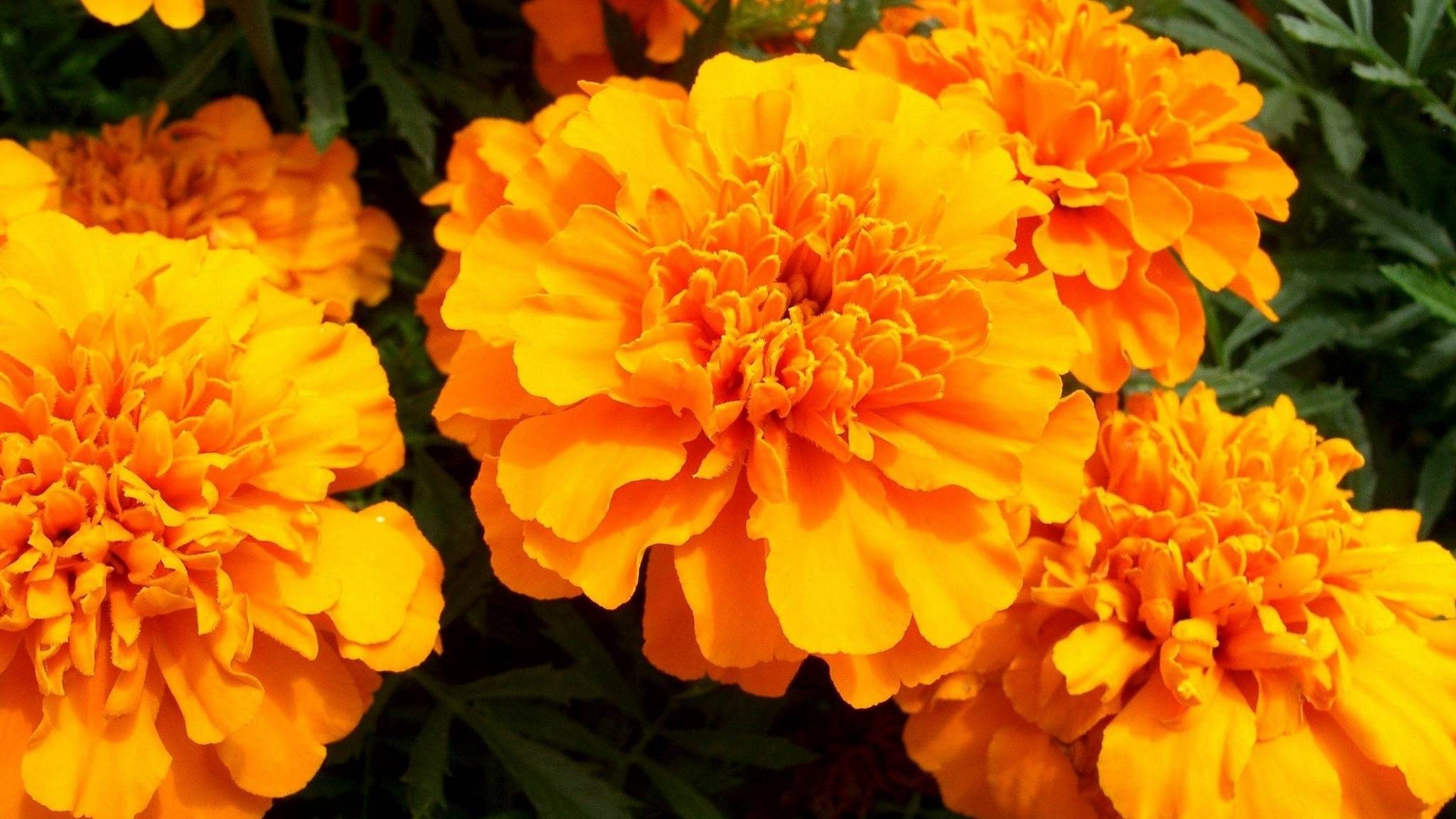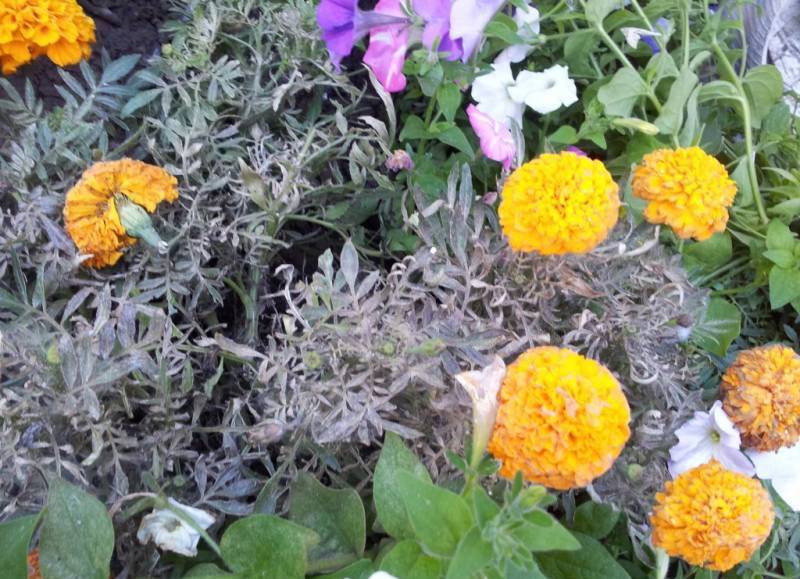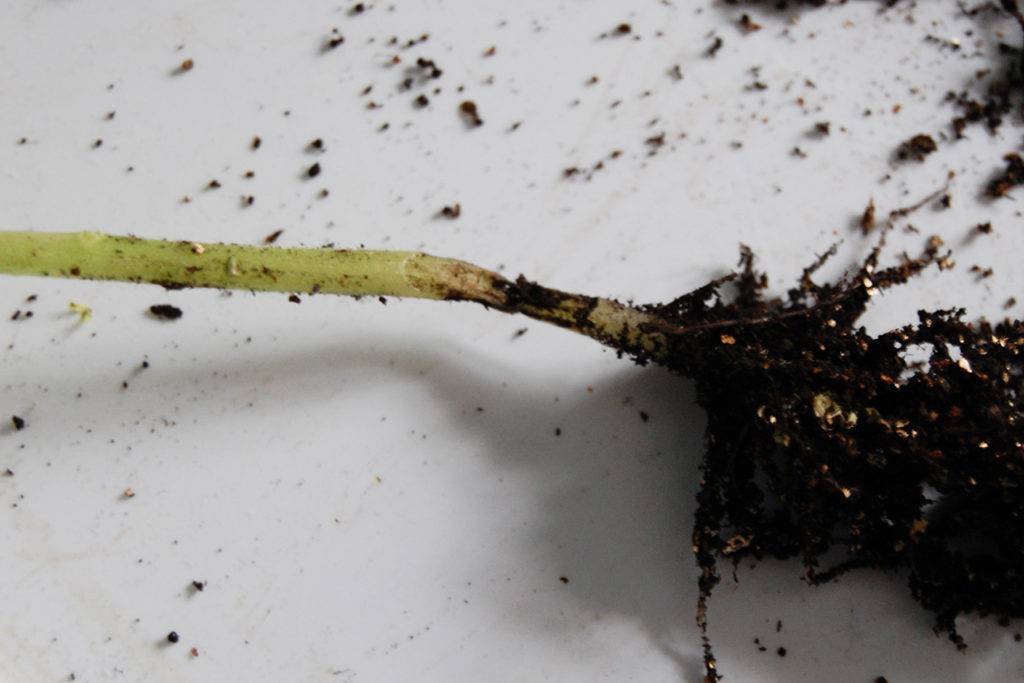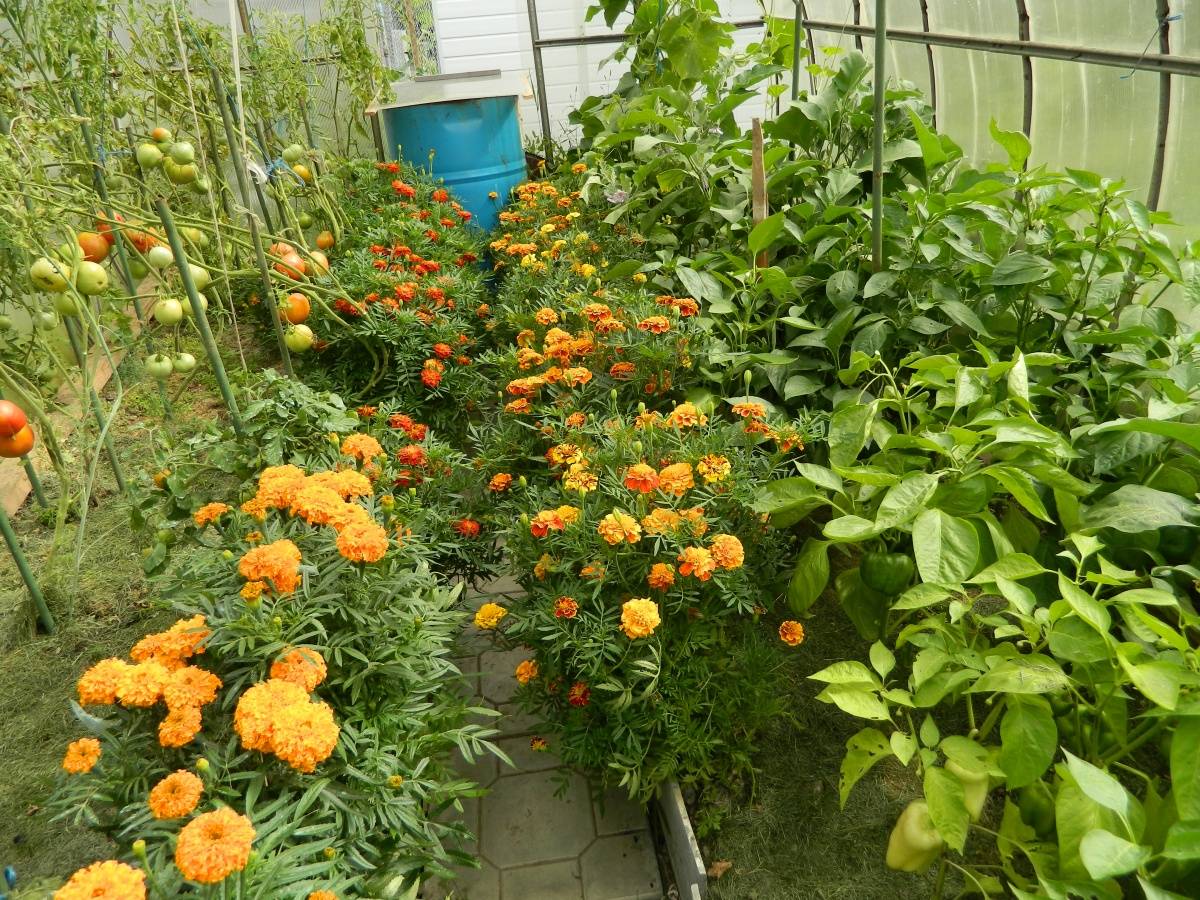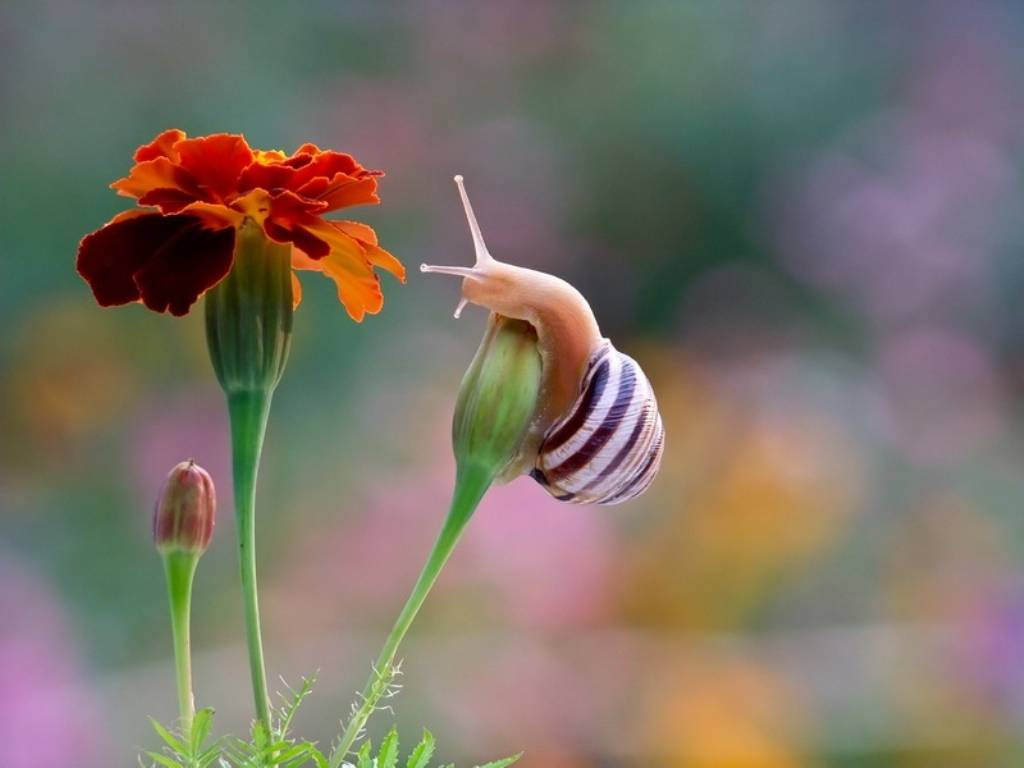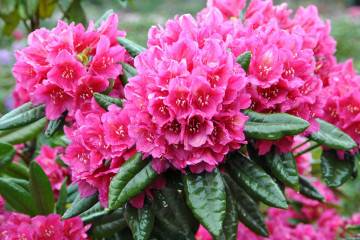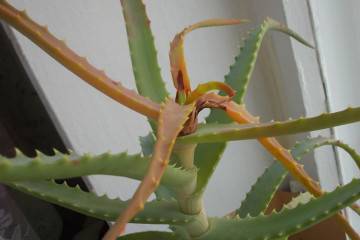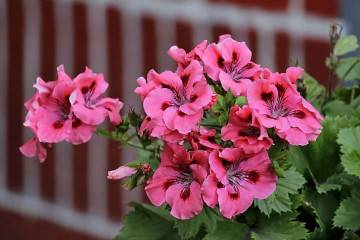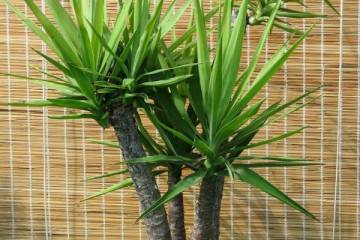Marigold diseases - why leaves dry
Content:
- Marigold diseases and their treatment
- Why do marigold leaves turn red
- Why marigolds do not bloom, what to do
- The leaves of the marigolds turned white
- Marigold leaves curl
- How does marigold chlorosis manifest
- What is powdery mildew in marigolds (lat.Erysiphaceae)
- Gray rot (lat.Botrytis cinerea)
- Black rot of marigolds (lat.Guignardia bidwellii)
- Signs of late blight (Latin Phytophthora infestans)
- Brown spot of marigolds (Latin Phyllosticta petuniae Sp.)
- Causes of marigold diseases
- Pests
- Agrochemistry and plant protection
A real decoration of summer - marigolds (lat. Tagetes) serve as a delight to the eyes in flower beds, gardens, flower beds. Flowers that are very resistant to unfavorable weather conditions and unpretentious to care for, can occasionally be invaded by pests, as well as get sick. Knowing the characteristic signs will help to take the necessary measures in time.
Marigold diseases and their treatment
Although diseases on marigolds are rare guests, their typical signs and methods of effective treatment are well known. The main thing is to regularly carefully inspect the plantings so as not to waste time.
Why do marigold leaves turn red
Red foliage isn't always pretty. There are several reasons for this fairly common phenomenon, characteristic of all varieties of marigolds:
- The weather is too cold. The plant should be green, but it is red due to its inability to produce chlorophyll.
- Plants are under the scorching sun all daylight hours.
- Too acidic soil, then a red, and sometimes even purple color appears at the ends of the leaves.
There is no way to change the weather, so there are only two other reasons that can be corrected. The bushes can be carefully dug up and transplanted to a more suitable place, and wood ash can be introduced into the acidic soil when loosening.
Why marigolds do not bloom, what to do
These flowers are considered unsurpassed in the abundance of flowering: the forcing of buds from 2 months of age occurs continuously until the very frost. The lack of buds is a rare occurrence, the reasons for which are:
- Drought. In the absence of rain and watering, plants may die.
- The plant is affected by spider mites. The pest sucks out juices, which seriously inhibits the growth and flowering of marigolds. It is necessary to spray the flower bed with acaricide.
- The landing site is too dark. Lack of sun is a serious obstacle to flowering. Chernobrivts need at least 6 hours of bright light per day.
The leaves of the marigolds turned white
A very unattractive sight - whitish leaves, the edges of which dry and curl. There are two reasons why marigold leaves turn white:
- Spider mite invasion. An urgent spraying with acaricides is required in 2 doses with an interval of 1 week.
- The crown is affected by powdery mildew. Against it, they are treated with systemic fungicides.
Marigold leaves curl
Slight curling of the tips of the leaves indicates that the plants lack light. It happens that seedlings are grown in insufficient lighting, and then immediately planted in a sunny place in open ground. The sun will quickly burn the delicate leaves, they will curl, dry up and fall off. That is why the seedlings must be hardened in the afternoon.
In addition to these reasons, foliage curling is a sign of various diseases, including powdery mildew.With chlorosis, foliage also suffers.
How does marigold chlorosis manifest
Plant disease caused by severe deficiencies in essential nutrients is called chlorosis. As a result, there is a violation of the most important process of life - the formation of chlorophyll. With chlorosis in marigolds:
- the veins on the leaves remain green, and the plates themselves turn yellow;
- the tops of the plant dry out first, then the foliage becomes smaller and falls off;
- the buds become smaller and dry;
- the root system stops developing.
Treatment consists in enriching the soil with the microelement that is lacking. Since it is quite difficult to carry out an accurate diagnosis, the best thing to do is to fertilize the planting with complex mineral fertilizer.
What is powdery mildew in marigolds (lat.Erysiphaceae)
Fungal disease manifests itself in the form of a clearly visible whitish coating on the leaves. It seems as if the plant is covered with white dust. If you leave even one spot, then quite quickly the disease will cover the entire crown completely and spread to neighboring flowers, which are still growing and growing. Powdery mildew treatment is a systemic treatment of all plantings with fungicides containing sulfur in their composition (according to the manufacturer's instructions).
Gray rot (lat.Botrytis cinerea)
This fungal disease is favored by cool, damp weather. Thickened, poorly ventilated plantings suffer the most. At first, the leaves darken, then brownish spots appear on them. This is the time when spraying can still save flowers. The fungus tends to spread to neighboring plants at a very high speed. It is best to remove and burn the specimens where numerous spots have appeared, and spray the remaining ones. Suitable drugs "Fundazol", "Alirin-B", "Fitosporin-M".
Black rot of marigolds (lat.Guignardia bidwellii)
It is also called "black leg". On many flowers, the disease develops in the summer, and young plants are most affected. The lower part of the stalks of marigolds may first turn blue, then darken, and then begin to quickly rot. Such specimens will no longer be able to bloom. If you do not take action, then the death of a flower is a matter of no more than 2 weeks. For prevention, it is useful to add a little potassium permanganate (slightly pink solution) when watering 1-2 times a month. If diseased plants are found in the flower garden, they should be immediately pulled out and burned, since black rot cannot be treated.
Signs of late blight (Latin Phytophthora infestans)
The disease does not threaten marigolds. On the contrary, they themselves help protect vegetable and other plantings from it, which is successfully used in practice by experienced gardeners.
Brown spot of marigolds (Latin Phyllosticta petuniae Sp.)
This disease does not affect velvet. They should be used as protection for vegetable gardens and flower beds.
Causes of marigold diseases
Infection from other infected plants is not always the cause of the appearance of the disease. It is often the case that foliage can turn red or yellow due to improper care or inappropriate growing conditions.
Temperature violation
Hypothermia along with dampness are the first reasons for the development of various diseases on marigolds:
- at an air temperature of up to +15 degrees, powdery mildew appears on the leaves;
- in damp cold planting weather gray rot affects.
Violation of watering rules
Watering should be carried out as the topsoil dries out. In regions where it rains consistently 1-2 times a week, artificial irrigation may not be required at all. Violation of the irrigation regime leads to the following consequences:
- overdrying, followed by a bay - powdery mildew;
- bay - black rot, bud rot;
- drought - cessation of growth, shrinking of buds.
Lack of iron
The lack of this valuable trace element in the soil leads to yellowing of the foliage. It covers the whole plant as a whole. It is necessary to carry out a foliar feeding with iron chelate.
Diseases associated with excess moisture
For drought-resistant flowers, excess water at the roots is destructive. Various rots appear on the roots, the crown suffers from a lack of nutrition, the leaves begin to wither, the tagets die quickly. This happens not only during prolonged rains, but also when planting in clay soil, poorly permeable to air and moisture. Seeds and seedlings should be planted on a slightly elevated bed, and baking powder should be introduced into the soil - sand, vermiculite, wood ash, sawdust, mulch, etc.
Pests
For many insects, the plant is poisonous. Even a bear - this hardy animal bypasses him. But still, there are pests that can eat the foliage and flowers of marigolds.
Who eats marigolds
The most common pests in gardens and flower beds, willingly eating the petals, leaves and stems of marigolds:
- Snails and slugs. In rainy weather and in damp corners of the garden, they are easy to spot under bushes, and sometimes on leaves. If there are not many pests, then the manual assembly method can be used. In case of large populations, it will be necessary to sprinkle the plantings with the "Thunderstorm" preparation, or with home remedies (ash, pine needles, crushed eggshell, dormant coffee grounds).
- Thrips. Very small (up to 2 mm in length) insects suck sap from the ground part of plants. You can find their first traces with a close examination of the petals. Spot punctures are a sure sign that thrips have settled in the flower bed. The preparations "Aktara", "Zubr", "Iskra Zolotaya" help against this pest.
- Caterpillars. Some species of butterflies lay their eggs on the seamy side of leaves. After some time, caterpillars hatch from the clutches, which begin to gnaw the leaves and buds, and then wrap themselves in them. If it is not known exactly who eats marigolds, then the treatment is carried out with a broad-spectrum insecticide, for example, "Aktara".
Spider mite on marigolds
In dry and hot summers, the population increases rapidly, capturing large areas. The first alarming symptom is a whitish bloom on the foliage. The mites are so small that it is almost impossible to see them without magnifying glasses. Most often, young plants suffer from them. A sure sign - if a cobweb appears on marigolds, and how to deal with ticks, you should find out in advance.
In the fight against spider mites, specialized acaricides are used, for example, "Actellik", "Fitoverm". Natural remedies are also popular. For example, an infusion of tobacco: 200 g per 2 liters of water - leave for 2 days, and then dilute with water to 10 liters. The planting solution should be sprayed at dawn and after dusk, until the cobweb in the leaf axils disappears.
Aphids on marigolds
Tiny green or gray insects (3-7 mm in length) with their proboscis easily pierce the stems and leaves, sucking the juices out of them. Colonies grow quickly if pests are not controlled. They especially love buds.
To get rid of aphids, you should first rinse off as many insects from the flowers with water (they will not die from this, but the surface will be free to absorb the drug), and then chemical treatment should be carried out.Effective drugs "Fitoverm", "Aktofit", "Intavir".
Agrochemistry and plant protection
Not all gardeners agree to process plantings with agricultural chemicals. The disadvantage of almost all drugs is the ability to accumulate in plant tissues, soil, and also kill not only pests, but also bees. This explains in many ways the desire to use natural (folk) remedies that are not harmful to health and the environment. But their treatment is a longer process.
How to treat with folk remedies
There are many different recipes for getting rid of common diseases of marigolds. For example, you can prevent chlorosis if you bury a few ordinary nails in the ground. Rust will prevent plants from becoming iron deficient.
The flower garden can be protected from fungal diseases with the following compositions:
- Mix soda ash (40 g) with washing powder (10 g), and then dissolve in 10 liters of water.
- Dissolve mustard powder (80 g) in 20 liters of water.
- During the day, insist finely grated 2-3 cloves of garlic in 2 liters of water.
Prevention and protection of marigolds from pests and diseases
So that the work on growing seedlings and caring for it does not go to waste, disease prevention measures and the recommended agricultural practices should be followed:
- Before sowing, the seeds are treated with a fungicide solution to protect the seedlings from fungi.
- Seedlings should be planted in the sunniest place, having previously hardened it for a week. Redness of foliage after planting is a sign of a violation of the temperature regime.
- Sowing in open ground is carried out no earlier than the second half of May, waiting for the soil to warm up above +15 degrees. If the spring is late, then the seedlings are kept under a film until warm.
- In pots with seedlings, there must be a drainage layer at the bottom (you can use crushed eggshells calcined in the oven), as it protects the roots from fungal diseases.
- Fertilizers are applied to the soil in a strictly metered amount so as not to burn the roots.
Even rows of marigolds protect against very many diseases and pests of planting in a summer cottage or garden plot. But the flowers themselves sometimes suffer, so from time to time it is worth examining them and taking the necessary measures in time.
